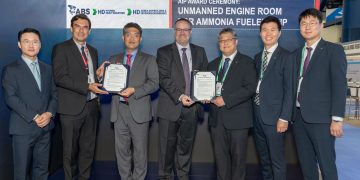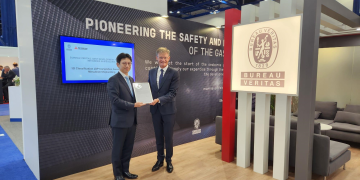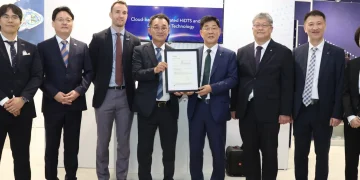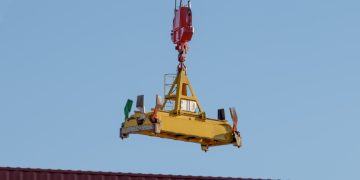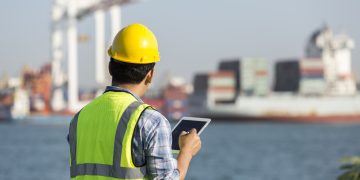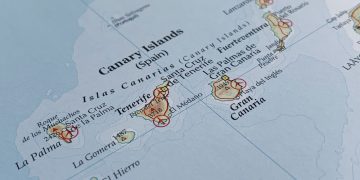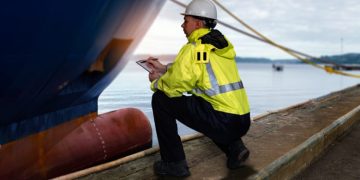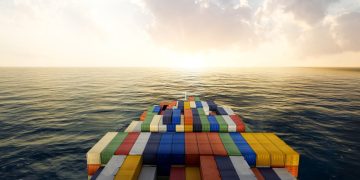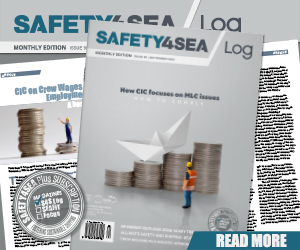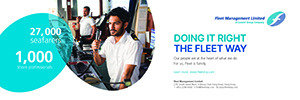More K Line vessels to install eco-efficiency software
NAPA and ClassNK, announced a deal with “K” Line (Kawasaki Kisen Kaisha Ltd) to install their comprehensive eco efficiency and operational optimisation solution ClassNK-NAPA GREEN on three additional vessels. The vessels will be fitted with the software in June 2015 after the ClassNK-NAPA GREEN suite of systems proved itself on a trial installation early in 2014. The self-learning component of ClassNK-NAPA GREEN, the dynamic performance model was also found to be extremely accurate during the same trial. Yasushi Nakamura, Representative Director & Executive Vice President, ClassNK commented: “I would like to thank “K” Line for choosing to expand ClassNK-NAPA GREEN to three additional vessels. Software solutions like ClassNK-NAPA GREEN offer a great opportunity for vessel owners and operators to accurately measure and understand the performance and fuel consumption of vessels, as well as optimize their operations. Along with Wan Hai Lines and Shoei Kisen, “K” Line was one of the first operators to trial the ClassNK-NAPA GREEN solution, and that they have chosen to expand application to further vessels is the greatest proof that we are supplying the industry with an effective and valuable product.” Naoki Mizutani, Managing Director – NAPA Japan, commented: “At NAPA our goal has always ...
Read more



















